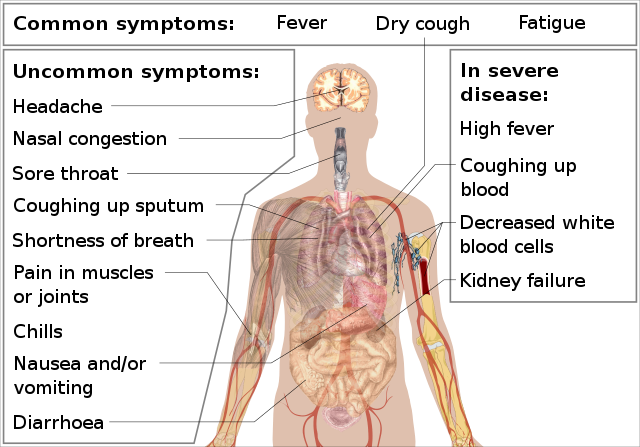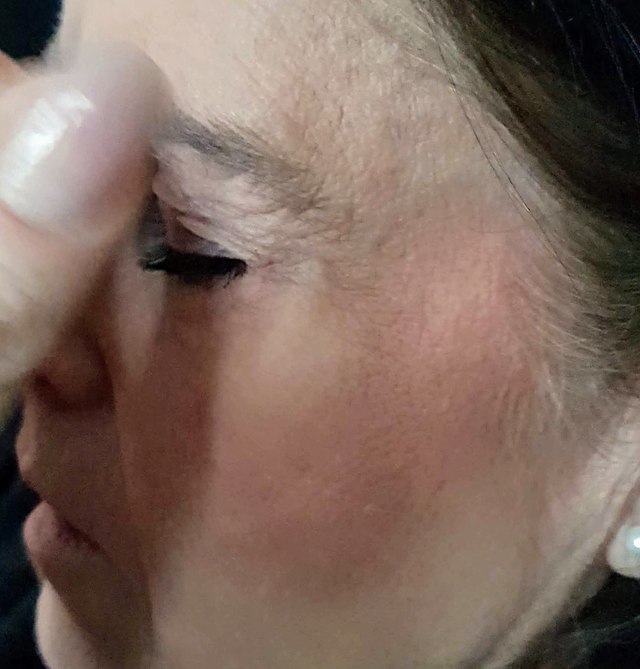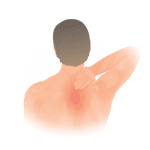A COVID headache is just one of the numerous health issues brought to individuals by the coronavirus. Whether experienced during or after COVID-19, these headaches can be distressing and impact daily life.
In this comprehensive guide, we will delve into the world of COVID-related headaches, shedding light on their causes and providing effective remedies. By understanding these headaches better, we can navigate their challenges with confidence and find relief. Let’s explore the ins and outs of COVID-related headaches together.
Headaches During COVID-19
Symptoms and Characteristics:
During COVID-19, individuals may experience various types of headaches, including tension headaches, migraines, and sinus headaches. These headaches can manifest with a range of symptoms, such as dull or throbbing pain, pressure in the temples or forehead, and sensitivity to light or sound. Some individuals may also experience accompanying symptoms like fatigue, fever, and congestion.
COVID-related headaches can occur with varying frequency, duration, and intensity. While some individuals may have sporadic headaches, others may experience them more frequently and for longer durations. Understanding these patterns can help identify potential triggers and manage the headaches effectively.
Possible Causes:
Research suggests that inflammation, viral infection, and the body’s immune response may play significant roles in the development of headaches during COVID-19. The immune system’s response to the virus can lead to increased inflammation, affecting the blood vessels and nerves in the head and neck, thus triggering headaches. Additionally, the direct invasion of the virus into the central nervous system can also contribute to headache development.

Although more research is needed, some studies have indicated a correlation between COVID-related headaches and specific cytokines, which are immune system molecules. These cytokines, including interleukin-6 (IL-6), have been associated with inflammation and headache symptoms.
Management and Remedies:
Managing headaches during COVID-19 involves a multi-faceted approach. Here are some practical tips and remedies to help alleviate the discomfort:
- Maintain a regular sleep schedule: Sufficient and quality sleep can help reduce the frequency and intensity of headaches.
- Manage stress levels: Practice relaxation techniques such as deep breathing, meditation, and yoga to mitigate stress and tension, which can trigger headaches.
- Stay hydrated: Dehydration can worsen headache symptoms, so ensure you drink an adequate amount of water throughout the day.
- Use over-the-counter pain relievers: Non-prescription pain relievers like acetaminophen or ibuprofen can provide temporary relief from headache symptoms. However, consult a healthcare professional before taking any medication, especially if you have pre-existing conditions or are on other medications.
- Try natural remedies: Some individuals find relief from headaches through natural remedies like applying a cold or warm compress to the head, practicing aromatherapy with essential oils, or engaging in gentle exercises like stretching or walking.
Headaches After COVID-19
Post-COVID Headache Syndrome:
While recovering from COVID-19, some individuals may continue to experience headaches, a condition known as post-COVID headache syndrome. These headaches persist even after the infection has resolved, and they can vary in frequency and intensity. A COVID headache can significantly impact individuals’ quality of life and require attention for proper management.

Underlying Factors
Understanding the underlying factors contributing to post-COVID headaches is crucial for effective treatment. Several potential causes include:
- Persistent inflammation: Even after the resolution of the initial infection, some individuals may experience residual inflammation that can trigger headaches.
- Neurological changes: COVID-19 can affect the central nervous system, leading to neurological changes that may contribute to ongoing headaches.
- Vascular issues: The virus can affect blood vessels, potentially causing vasculitis or vasospasm, both of which can lead to headaches.
- Other complications: Post-COVID headaches may also be associated with conditions like long COVID syndrome, which involves a range of persistent symptoms even after the infection has cleared.
Treatment and Coping Strategies
Seeking medical advice is crucial for individuals experiencing post-COVID headaches. A healthcare professional can provide a proper diagnosis and develop an individualized treatment plan. Some treatment and coping strategies may include:
- Medications: Prescription medications such as triptans, nonsteroidal anti-inflammatory drugs (NSAIDs), or preventive medications may be prescribed to manage post-COVID headaches effectively.
- Preventive measures: Identifying triggers and making appropriate lifestyle adjustments, such as practicing stress-management techniques, maintaining regular sleep patterns, and implementing a healthy diet, can help reduce the frequency and severity of post-COVID headaches.
- Complementary therapies: Some individuals find relief from post-COVID headaches through complementary therapies like acupuncture, biofeedback, or cognitive-behavioral therapy (CBT). These therapies can provide additional support and aid in coping with the headaches.
- Support and self-care: Building a strong support system, whether through friends, family, or support groups, can help individuals cope with the challenges of post-COVID headaches. Engaging in self-care activities like regular exercise, relaxation techniques, and engaging hobbies can also contribute to overall well-being.
Conclusion
A COVID headache can be a significant challenge during and after the infection. By understanding the symptoms, causes, and management strategies for these headaches, individuals can navigate them more effectively. It is essential to consult healthcare professionals for personalized guidance and support in managing COVID-related headaches. Remember, with the right knowledge and proper care, relief is within reach. Let’s prioritize our well-being and empower ourselves to overcome the obstacles posed by COVID-related headaches.








